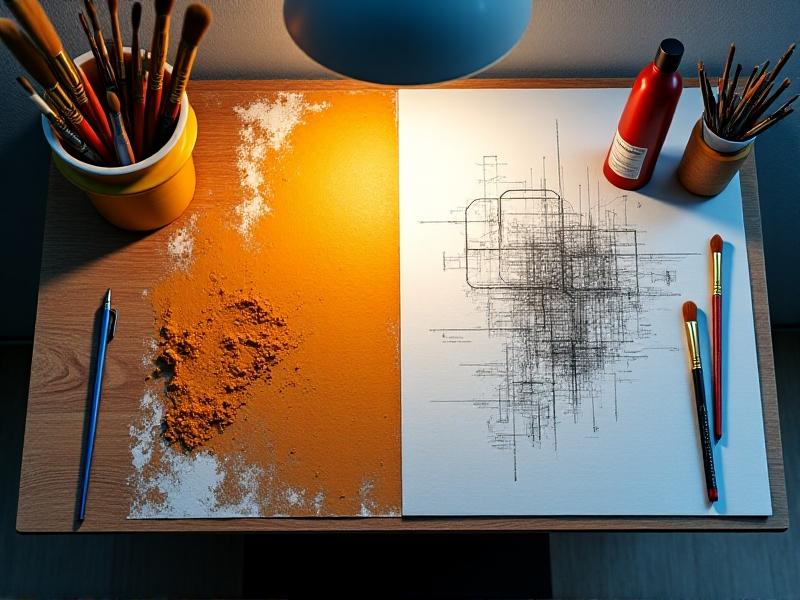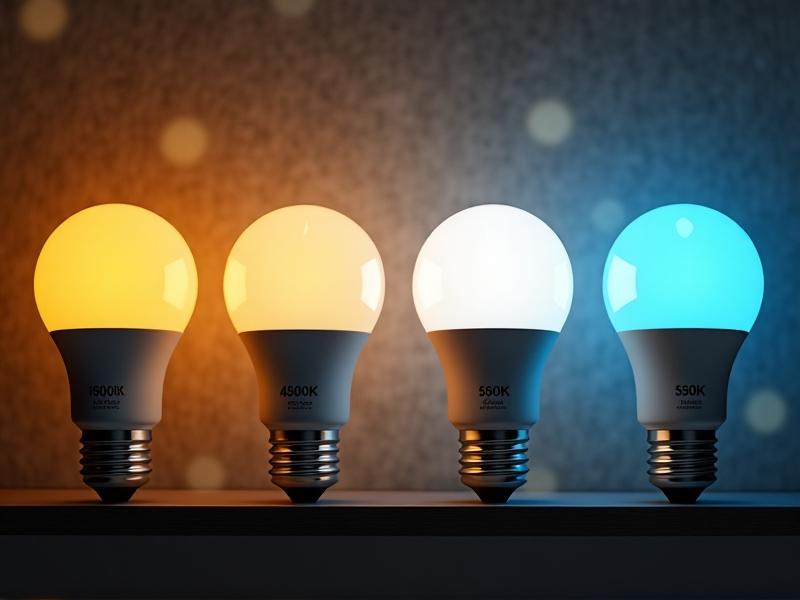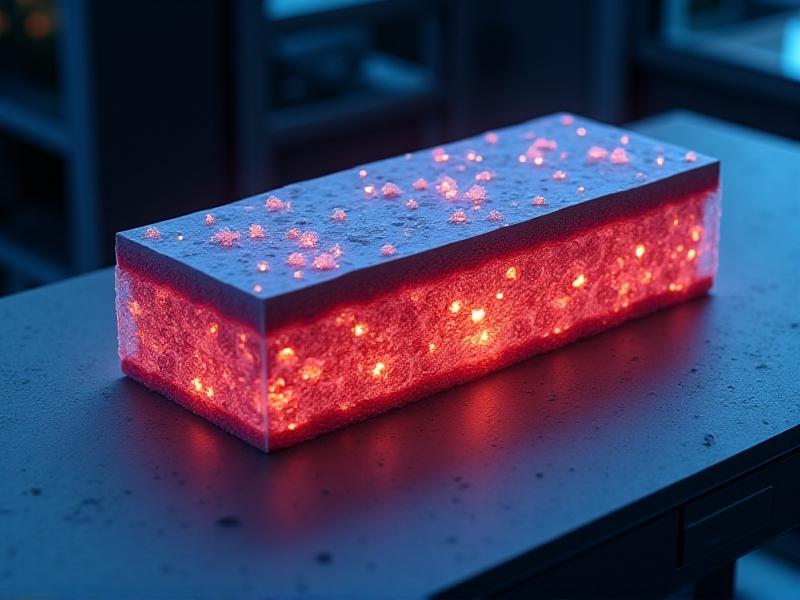Desk Lighting Kelvin Temperature Guide
Understanding Kelvin Temperature in Desk Lighting
Kelvin temperature (K) measures the color of light emitted by a bulb, ranging from warm amber hues to cool blue tones. Lower values (2000K–3500K) mimic sunset-like warmth, while higher values (5000K–6500K) resemble midday sunlight. This scale directly impacts visual comfort, focus, and ambiance. For desk lighting, choosing the right Kelvin ensures tasks are illuminated clearly without causing eye strain. A 2700K bulb might cozy up a reading nook, whereas a 5000K light sharpens detail for drafting or studying. Understanding this balance is key to optimizing both functionality and mood in your workspace.

How Kelvin Temperature Affects Productivity
Cooler Kelvin temperatures (4000K–6500K) stimulate alertness by mimicking daylight, suppressing melatonin production and keeping the mind engaged. Studies show workers under 5000K lighting make fewer errors in data-heavy tasks compared to warmer tones. Conversely, warm light (2700K–3000K) can ease stress during creative brainstorming but may induce drowsiness over time. A 2019 University of Michigan study found participants under 4000K lighting reported 20% higher concentration levels. For tasks requiring precision, such as coding or drafting, a 5000K lamp reduces eye fatigue by enhancing contrast and reducing glare on screens.

Task-Specific Lighting: Matching Kelvin to Your Work
Tailoring Kelvin to your activity maximizes efficiency. For example:
- 3000K–3500K: Ideal for artists, this range enhances warm-toned paints and reduces glare on glossy surfaces.
- 4000K: Neutral white perfect for prolonged office work, balancing warmth and clarity.
- 5000K–6000K: Best for engineers or architects reviewing blueprints, as it reveals fine lines and true colors.
Gamers often prefer 6500K for vibrant screen colors, while writers might opt for 3500K to maintain focus during late-night sessions. Adjustable Kelvin LED strips let users shift from 2700K to 5000K, adapting to tasks throughout the day.

Choosing the Right Bulb: Beyond Kelvin Ratings
While Kelvin defines color temperature, factors like CRI (Color Rendering Index) and lumens matter too. A 90+ CRI bulb at 4000K renders colors more accurately than a low-CRI alternative, crucial for designers. Dimming capabilities also affect Kelvin—some LEDs shift warmer when dimmed, while others maintain a fixed hue. Brands like Philips Hue offer tunable white bulbs (2200K–6500K) controlled via app. Always check for flicker-free certification to prevent headaches during extended use.

LED vs. Incandescent: Kelvin Differences Explained
Incandescent bulbs naturally sit at 2700K–3000K, emitting warmth but wasting 90% energy as heat. LEDs replicate any Kelvin value while staying cool. A 5000K LED provides crisp, shadow-reducing light equivalent to a 100W incandescent at 1/10th the energy cost. However, cheaper LEDs may skew green or pink; look for "full spectrum" labels. For vintage desk lamps, LED filaments offer 2200K warmth without the burnout risk of traditional bulbs.
Optimizing Desk Layout for Ideal Light Distribution
Position lamps 12–24 inches from your workspace to avoid glare. Use a 5000K lamp at 45 degrees from your monitor to minimize screen reflections. For dual-monitor setups, place two 4000K lamps at opposite corners to evenly distribute light. Adjustable arm lamps let you modify angles for reading (lower, 3500K) versus video calls (higher, 5000K). Matte desk surfaces reduce harsh reflections from high-Kelvin lights.
Health Implications: Avoiding Eye Strain with Proper Kelvin
Prolonged exposure to 6500K can cause digital eye strain; pair it with the 20-20-20 rule (look 20 feet away every 20 minutes). Warm night lights (2200K) aid melatonin production if you work evenings. Harvard researchers recommend 3800K–4200K for home offices as it balances alertness and comfort. Anti-glare coatings on bulbs diffuse high-Kelvin light, softening its intensity on documents.
Future Trends: Smart Lighting and Adaptive Kelvin Tech
IoT-enabled systems like Nanoleaf or Lutron automatically adjust Kelvin based on time of day: 5000K at noon, shifting to 3000K by sunset. Circadian rhythm modes in apps like F.lux sync screen and lamp temperatures. 2023 CES showcased OLED panels emitting variable Kelvin without bulbs—entire desk surfaces become light sources. Such innovations promise workspaces that adapt not just to tasks, but to our biological needs.
Buyer’s Guide: Top Desk Lamps by Kelvin Range
1. BenQ e-Reading 5000K: Auto-adjusts based on ambient light. 2. Philips Hue Go (2200K–6500K): Portable and app-controlled. 3. OttLite 4000K Craft Lamp: High CRI for detail work. For budgets under $50, TaoTronics TT-DL13 offers 3000K–5500K via touch controls. Always verify warranty coverage for LED drivers—they’re the most failure-prone component.








